Michael Alexander speaks to the new chairperson of environmental charity Sustainable Cupar who wants urgent action to reduce the dominance of the car.
Campaigning is in the DNA of Cupar woman Sarah Davidson.
As a young woman, she became involved with the Scottish Campaign to Resist the Atomic Menace (SCRAM) at Torness.
In the 1980s, she also campaigned against US nuclear weapons based at Greenham Common.
Biodiversity has always been of massive interest to her.
Around 10 years before she retired as a district nurse, she became an original member of environmental charity Sustainable Cupar.
The organisation, set up in 2009, wants Cupar to be a thriving, environmentally friendly town.
Its sub groups have concentrated on everything from local fruit growing and town development to sustainable travel and sustainable energy.
But amid the latest global climate emergency warnings, and having recently taken over as chairperson of Sustainable Cupar, Sarah says the “urgency” for change – including meaningful positive local action – needs to step up.
Community action
For years, Sarah and other volunteers have done everything from plant trees with community groups along the banks of the River Eden to work with Scouts to help repair the flood-damaged Moor Road between Cupar and Ceres.
Now she hopes people will come together to act.
“It’s all about collaboration and working together,” she says.
“It’s about breaking down barriers between groups. People talking to each other makes a big difference.
“We are all on the same side. We’ve just got to work together.”
Views sought on the ‘school run’
A current priority is the running of Sustrans’ and Sustainable Cupar’s Active Travel to School surveys ahead of a planning application to Fife Council that Sarah says could revolutionise in-town sustainable travel.
Between November 1 and December 9, parents/carers, pupils and teachers at Castlehill Primary, St Columbas Primary, Kilmaron School and Bell Baxter High School are being asked to give their views on current travel behaviour, specifically related to the ‘school run’.
In a town often dominated by heavy through traffic, Sustainable Cupar was prompted in 2015 by concerned parents with young children to investigate improving the active travel options in the town.
After much consultation, investigation and land negotiation, they are now ready to submit a planning application to reinstate a path that used to cross the wards behind South Road.
The ‘red route’ corridor would allow cyclists and walkers to travel throughout the town without having to use any main roads.
It would go from Castlehill Primary, along Sandylands, cut over a new crossing at South Road, cross Coo Brig across the wards and on to orchard walk.
From there it would either go up Blalowan or Lover’s Lane onto Westfield Road then on to Bell Baxter High School, Elmwood College and Kilmaron.
Working with Sustrans, Sustainable Cupar are carrying out pre and post works surveys so that they can monitor if the new path increases the amount of people using active travel.
This project forms part of the Scottish Government’s (Transport Scotland) Places for Everyone (PfE) infrastructure programme.
The programme aims to create safe, attractive, healthier places by increasing the number of trips made by walking, cycling and wheeling for everyday journeys.
“All the things around cycling and walking are so helpful for our health, for our wellbeing, for the biodiversity, for the climate – it makes sense on so many levels,” says Sarah.
“If we were all abiding by the Highway Code then pedestrians would come first, then cyclists and then the car.
“But at the moment in Cupar, with most of the traffic just going through to get somewhere else, that just isn’t happening.”
Change of policy required?
Sarah says the Scottish Government have, to their credit, done a lot to promote active travel.
But she says a lot more needs to be done to change policy.
She was recently in the Borders where an experiment has been carried out in association with Napier University.
Having reduced the speed limit in every town and village to 20mph, members of Borders Council’s Police, Fire & Rescue and Safer Communities Board were recently informed of an overall reduction of 36.4% in accidents on roads in the Borders over the last year – from 44 to 28.
There has also been a 50% reduction in serious injury accidents, from 18 to nine.
When the 20 mph speed limits were introduced, the result was a 3.5mph average reduction in speeds.
An academic study has suggested that for each mile per hour vehicles reduce average speeds that equates to about a 5% reduction in casualties.
This, says Sarah, could be rolled out by the Scottish Government and make a real difference to quality of life. It’s certainly something she would like to see brought in for Cupar.
“We all have the potential not to drive at the right speed,” she says, adding that buses in the Borders are also much more accommodating for bikes.
“But if the government actually brings that down by legal means by putting it to 20mph, you’d feel the difference.
“It’s about the government actually saying ‘right this has got to change’.”
Reducing car use
Sarah would love to see volumes of traffic reduce in Cupar.
The biggest thing local people can do as individuals is reduce car use and walk/cycle more.
However, she doesn’t think it’s “realistic” to ask traffic to “circumnavigate” the town as this simply impacts on countryside elsewhere.
That’s why she believes traffic has to slow down and there has to be a change to the car-dominant mind-set.
There also has to be a stepping up of infrastructure giving local people and people an alternative.
“A lot of traffic going through Cupar is going to St Andrews,” she says.
“But I suppose if there was a train line to St Andrews, then possibly more people would go by train to St Andrews.
“Another thing is if we had an off-road active travel route from Cupar to Dairsie and Guardbridge to get onto the active travel route to St Andrews then maybe people would stop in Cupar and get onto the active travel route.
“We would also love to see an active travel route going west to Cupar Muir.
“It needs to be part of a bigger network.
“We also had a meeting with Fife councillors recently. We’ve asked them to make sure all the response times for all the lights in Cupar are set to a quick response that gives priority to pedestrians rather than cars, because with some you have to stand for a long time!”
Other pedestrian friendly improvements Sustainable Cupar would like to see include drop kerb issues and establishment of safer crossings in the town centre.
They’d also like to see zebra crossings established to slow down traffic near the new Cupar Retail Park roundabout on South Road because, despite efforts to influence proceedings during planning, what was approved remains an “accident waiting to happen”, they fear.
Giving the bike priority?
Sarah also cites an experimental project in Bruges, Belgium, where the bicycle has been given priority over the car and bikes cannot be overtaken. Could it work here?
“I know Belgium and Holland have got a slightly different history to Scotland as far as bicycles are concerned,” she says.
Bruges makes it illegal for drivers to overtake cyclists in the city centre
90 streets have become a ‘comprehensive cycling zone’ https://t.co/Q19JbR037z
— APPGCW (@allpartycycling) October 26, 2022
“But in a way if the Highway Code puts pedestrians and cycles ahead of cars, I would love it if the government would say ‘let’s experiment with a small town like Cupar’.
“I know people would find it difficult. I know there would be a lot of worry about it and complaints. “But we really do need to change our behaviour. There’s no other way.”
‘Taking back control’
Sarah says Sustainable Cupar have a “wish list” on the one hand and “realism” on the other.
They were recently asked by Cupar Community Council to write a climate action plan for the town.
What they are trying to do now is “activate” that climate action plan and “try to get a real feeling of momentum within the town”.
Sarah adds: “Somebody at one of our meetings – a trustee – posed the question ‘do you not think people in Cupar would actually like to think they’ve got their town back?’
“I think they probably would.
“But we won’t know that without doing a wider community survey.
“Often the people we hear from are the ones that don’t agree.
“The plan is that Sustainable Cupar are going to try and bring groups together.
“I’d like to see people from schools, sheltered housing, nurseries, the community council, Fife Council, businesses, community groups – to figure out how we can make a difference in Cupar.
“We could take the heat out of driving, if we could bring the speed limit down.
“The government and Fife Council have done a lot to try and shift car use, but we are needing to do so much more and much more quickly. There is an absolute urgency about it.”
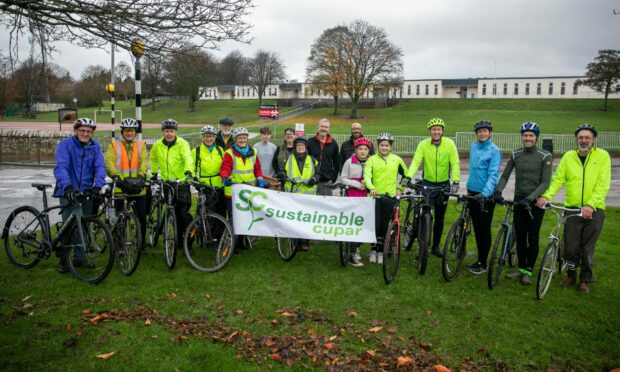
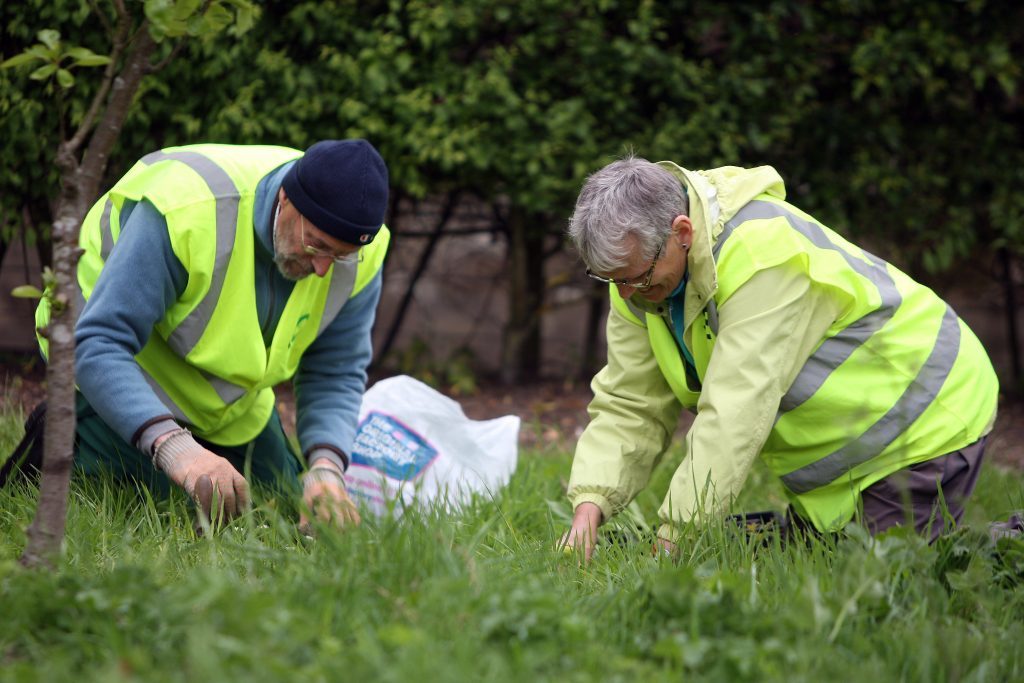
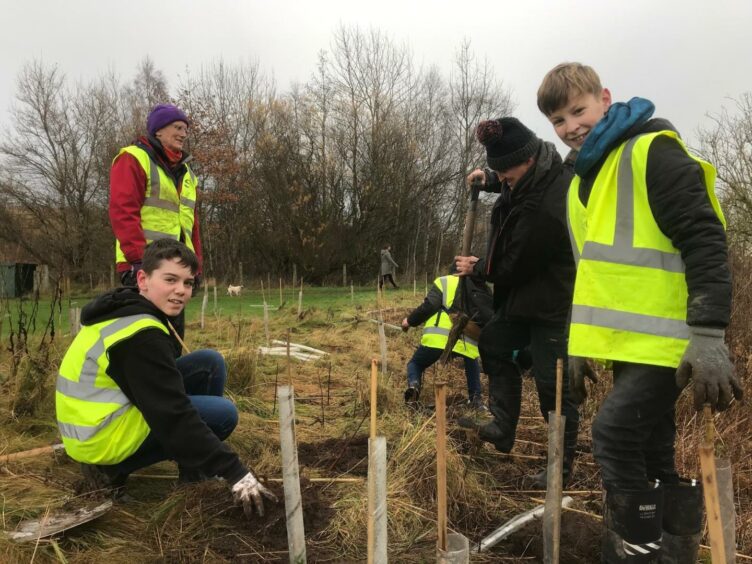
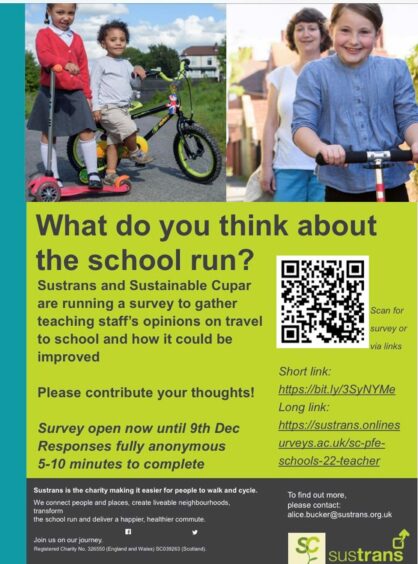
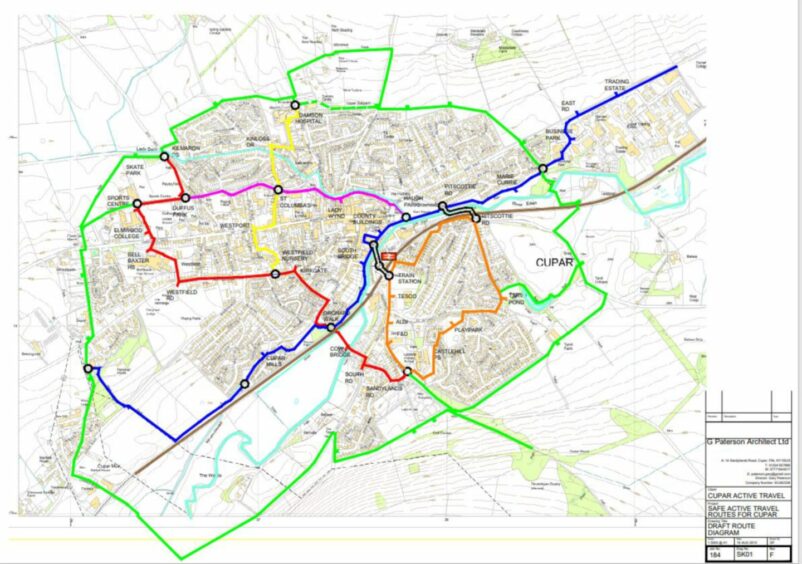
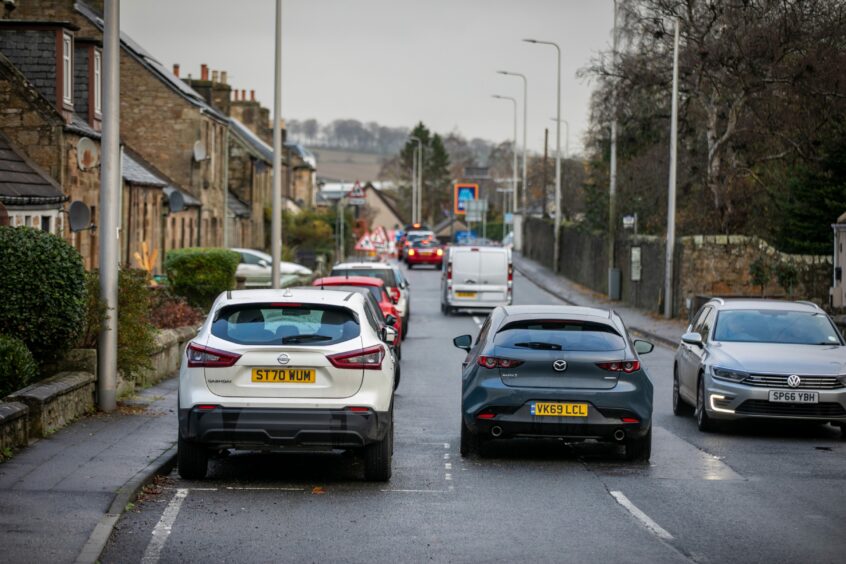
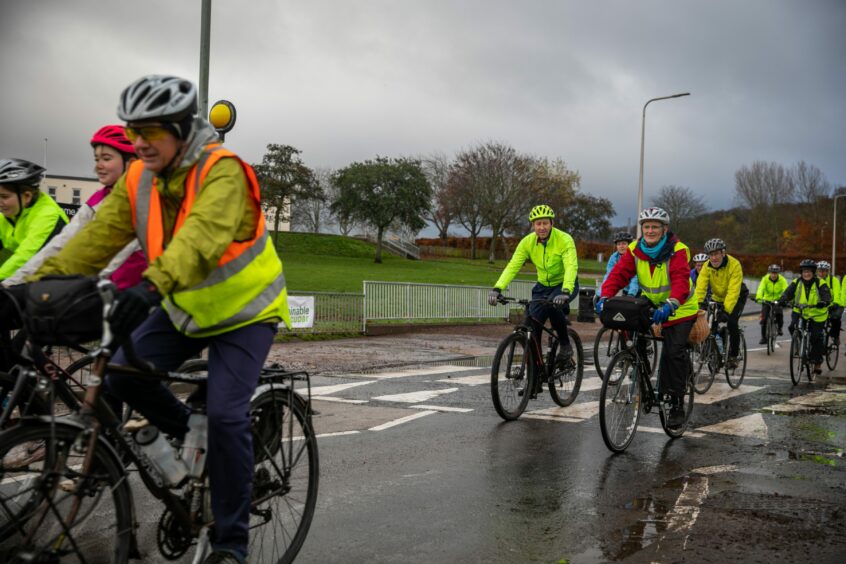
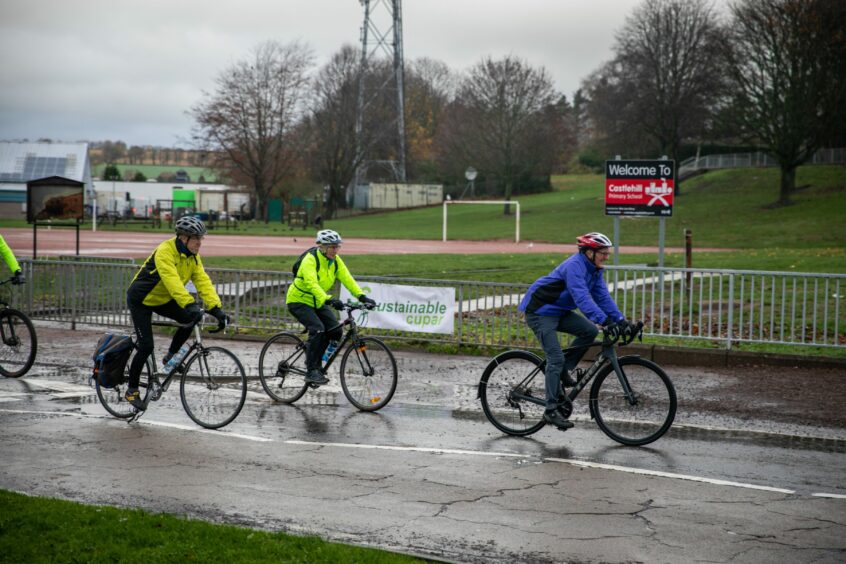
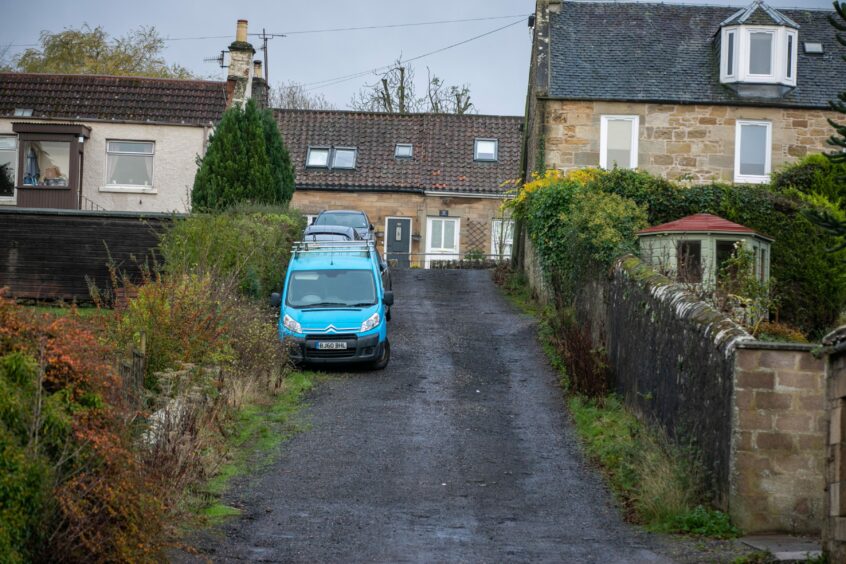
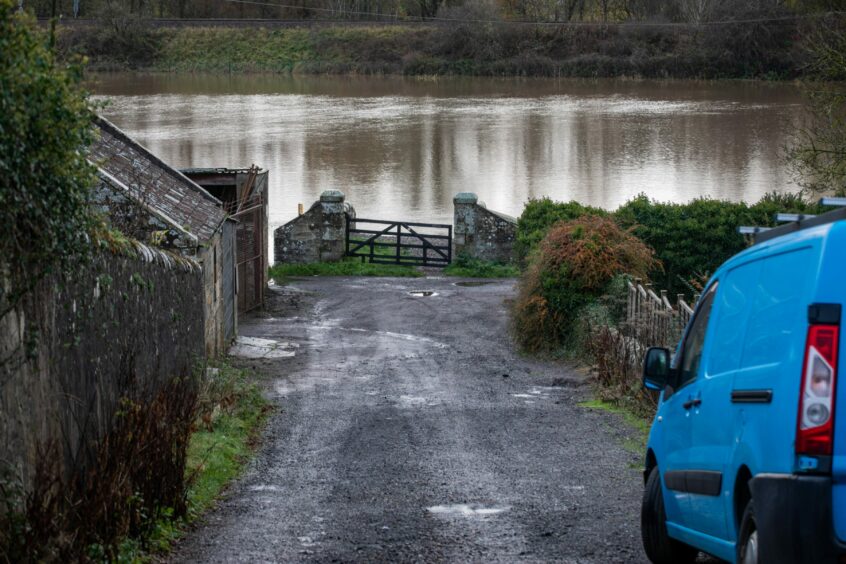
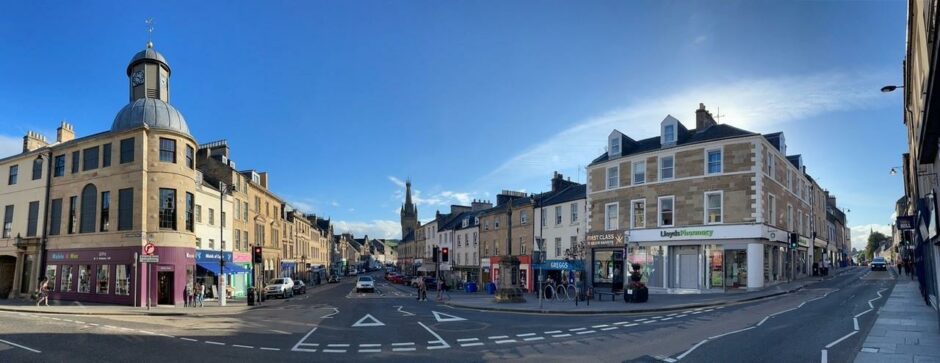
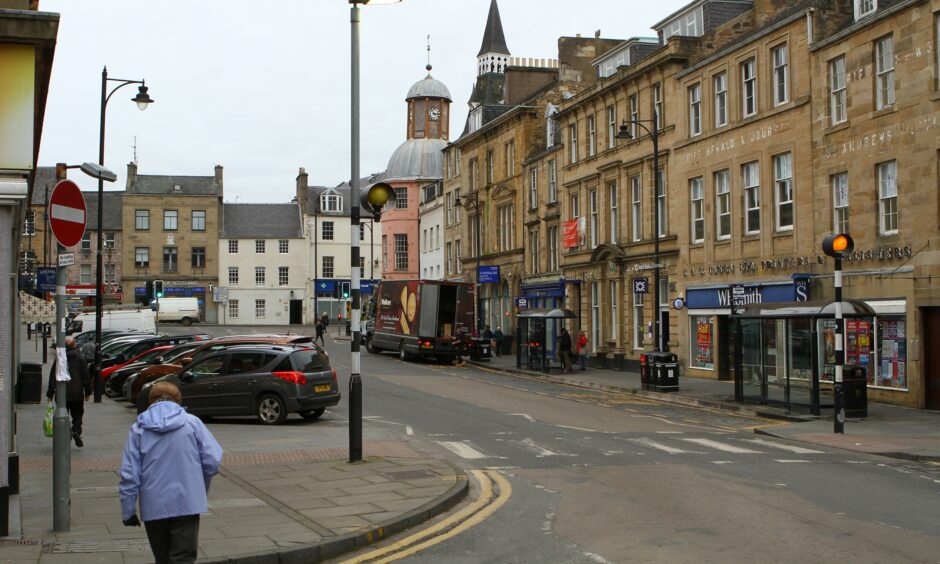
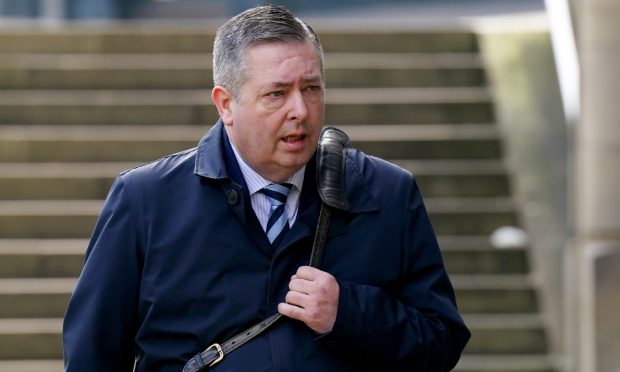

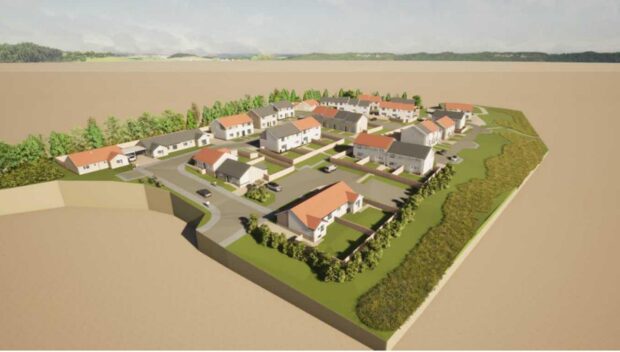
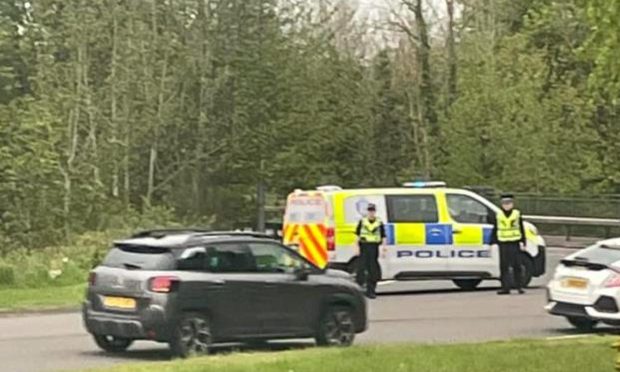
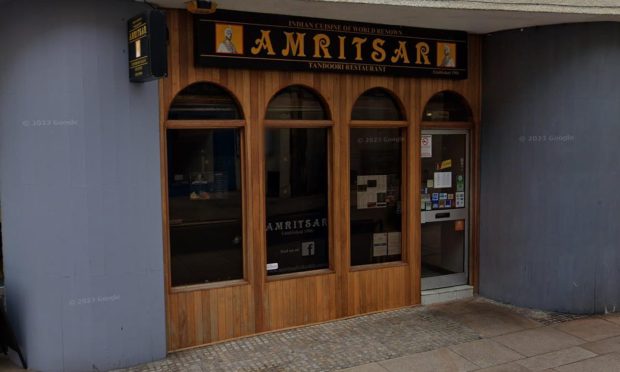
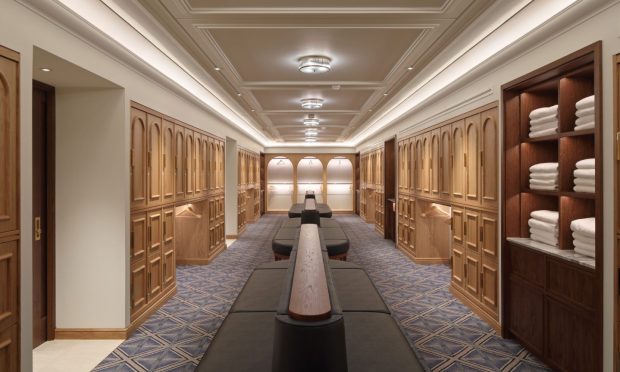
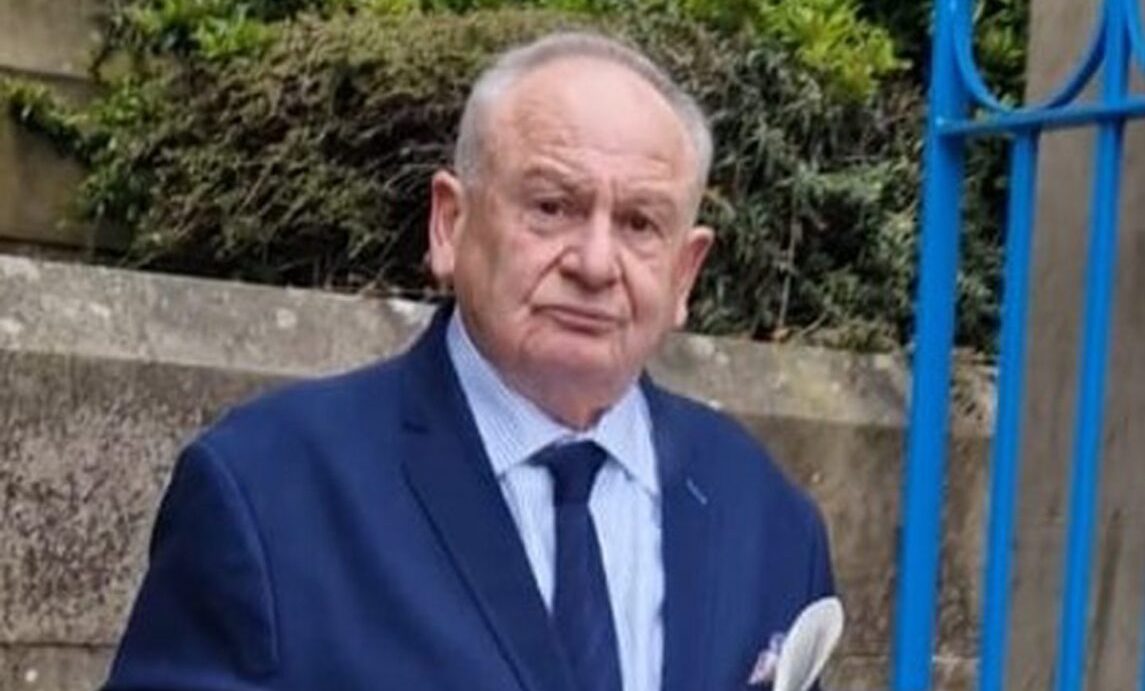

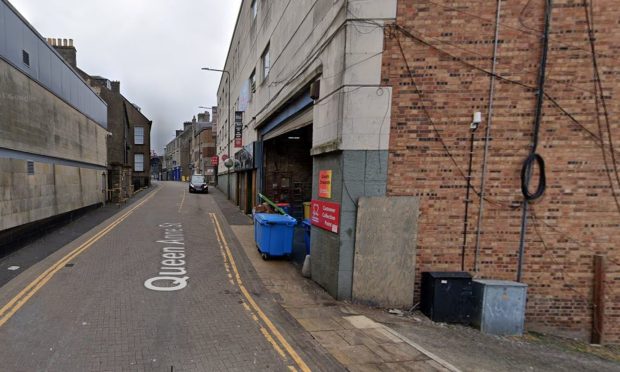
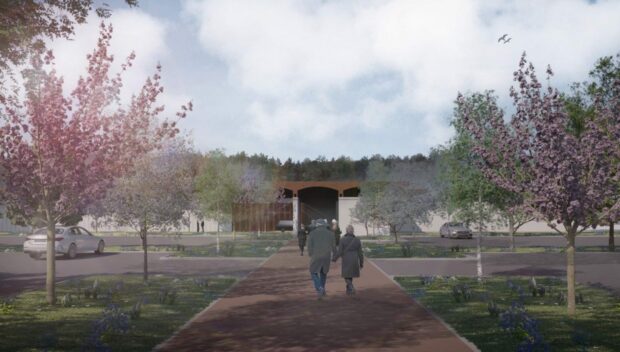
Conversation